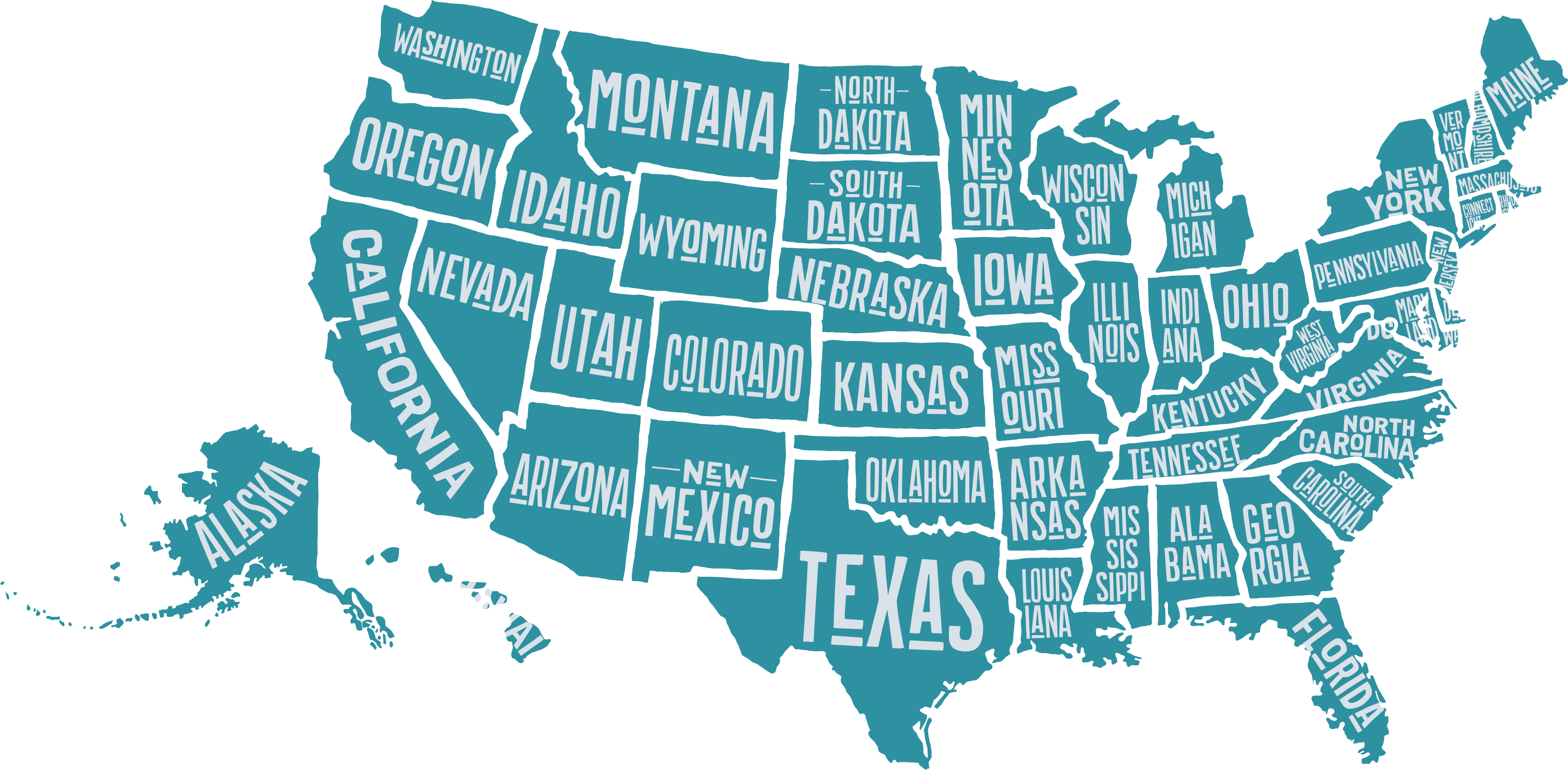Depending on your state of operation, it has likely been three years or more since you’ve had to deal with the Medicaid renewal process for your residents. With Medicaid renewals now underway in many states and benefit terminations on the table once again, thinking about the amount of work to be done over the next 12-14 months to ensure all your residents retain their benefits without a coverage gap can seem overwhelming.
The good news is that there are many proactive steps that long-term care facilities can take to prepare for, and respond to post-PHE Medicaid renewals to minimize any negative impacts on their revenue cycle. Breaking down the large volume of work into more manageable action steps can give you and your staff confidence that you can conquer the renewal process.
Step 1. A General Heads Up
Provide residents, legal agents, responsible parties, and others involved with your residents’ Medicaid eligibility process as much notice as possible that the Medicaid renewal process is resuming and what will be involved. Consider posting announcements in your facility, on your website, and to your email or mailing list with general information about the process, including how to update a beneficiary’s contact information. Many state Medicaid Agencies provide informational materials on their website that can be used for this purpose. While you’ll want to provide information specific to each resident’s situation at some point during the process, circulating general information is a good starting point.
Step 2. Identify Impacted Residents
Review your census and identify which residents rely on Medicaid as a payor source.
Step 3. Determine the Anticipated Renewal Date
Using the unwinding plan your state’s Medicaid Agency announced, determine when each resident will likely receive a renewal or recertification notice.
Step 4. Triage
Using your list of impacted residents and their expected renewal dates, plan the order in which you will tackle the steps needed to prepare for and respond to the Medicaid renewal. Organize your residents into a list of most urgent to least urgent based on the renewal dates. A resident with an earlier renewal date should generally receive a higher priority than someone with a renewal date later in the year.
Once you have a plan for the order in which you’ll tackle your resident’s specific eligibility situations, it’s time to dig in.
Step 5. Confirm Contact Information
Ensure the resident’s contact information on file with the State Medicaid Agency is correct. This is the address the Medicaid Agency will use to send out renewal packets, and ensuring it is correct is crucial. Outdated contact information is anticipated to be a significant reason for Medicaid terminations during the renewal process, but it’s easy to avoid!
Be on the lookout for residents that have lost capacity, experienced the death of a spouse or child, undergone a change in their legal agent or representative, or sold their homestead real estate during the PHE, as their contact information may need to be updated. Also, keep tabs on any returned mail or emails you sent during Step 1, as this indicates outdated contact information.
If you need to update your resident’s contact information, follow the methods outlined by your state Medicaid Agency. Make sure that whatever way you choose gives you the option to retain a written confirmation for your records. This confirmation may be needed if the Medicaid Agency doesn’t update their records and a termination results.
Step 6. Update your Authorized Representative and Release Forms.
If you don’t have the signed/otherwise valid Authorized Representative Forms and other releases you will need to assist with or obtain information regarding the Medicaid eligibility process, get them now. Please pay attention to expiration dates on previously signed forms to ensure they are still effective.
Step 7. Evaluate Capacity
If your resident does not retain capacity and they do not have a legal agent in place, consider whether a Guardian or Conservator is needed. A Guardian or Conservator can be necessary to obtain verification information, complete a spend-down, or set up an income trust, among other things. As the appointment of a Guardian or Conservator requires the intervention of a court and can be a lengthy process, it is best to start the process as soon as possible.
Step 8. Identify and Gather Verification Information.
Explore your resident’s financial situation and determine what verification documentation you will need to complete the Medicaid renewal. If your resident’s last Medicaid application or renewal packet is available for review, that’s a great place to start. The Medicaid Agency will likely require updated documentation for any income or assets reported on the last application or renewal. Have a conversation with your resident and/or their legal agent or representative to discuss any changes to income or assets during the PHE.
Request verification documents now – don’t wait until the Medicaid Agency sends the renewal packet and you face a time crunch. Not only will this allow you to get ahead of the game and deal with the difficulties and slow-downs in obtaining documentation that always arise, it will also let you identify any barriers to eligibility that you need to address before the renewal is processed, as discussed in the following steps.
Step 9. Confirm Income Eligibility.
There have been several Cost of Living Adjustments (COLA) to governmental and private income sources during the PHE. As a result, your resident who met the Medicaid income eligibility limits before the PHE may now have income above the eligibility limits and no longer qualify for benefits if you’re in a state that requires the use of a Qualified Income Trust (QIT), Miller Trust, or another similar trust. If you determine that your resident needs a QIT, get one established and funded before renewal to avoid benefit disruption.
Step 10. Verify Resource Eligibility
A lot has happened in the last three years (understatement of a lifetime). Among other things, real estate values have skyrocketed in many areas of the country. Engage in a comprehensive review of your resident’s resources and double-check that all resources are either excluded or the total value of all resources is below your state’s resource eligibility limit. Pay special attention to real estate values, as many states have a limit on the equity value of a homestead property. This equity value limit means that a property that meets all other criteria for exclusion as a homestead becomes a countable asset if the equity in the property exceeds the established limit.
If your resident’s assets are placing them over the resource eligibility limit, ensure that a plan is in place to spend down in a Medicaid-compliant manner as soon as possible.
Step 11. Remember the Resident Trust Account.
Remember to look at your Resident Trust Account, if applicable. It’s important to remember that accumulated assets in the resident trust still count for Medicaid eligibility purposes, as does income coming into the account. Screen the account for any income or resource eligibility problems and take action as needed.
Step 12. Question Non-Compliant or Suspicious Transfers.
While reviewing bank statements, other financial statements, and general income and asset information, make sure to take note of any asset transfers that look suspicious or are non-permitted under the terms of the Medicaid program. The Medicaid Agency will likely ask for further verification of any suspicious transfers during renewal, so start gathering that information. In the case of non-permitted transfers, the resident may face a penalty period or transfer penalty and the resulting loss of Medicaid coverage. Begin to plan for how the penalty or transfer will be attacked, such as an Undue Hardship Waiver (UHW), appeal, return of assets, or other strategies.
Work through the above steps before a renewal notice is received. You should be in a strong position to respond timely and thoroughly and ensure your resident’s benefits continue with no lapse in coverage.
The goal of this method is that, before you receive a notice, you already know the resident’s potential eligibility problems, and you’ve solved them or have a plan for addressing them once the renewal is underway. Also, you will have the bulk of the verification documentation that you’ll need on hand and should only need to obtain some minimal updated records.
Summary
We are just beginning to see the unfolding of a complex period for Medicaid recipients and their providers. Please refer back to this page periodically for updated information regarding Medicaid redeterminations and more. As always, if you would like additional or more specific information, please contact us at info@stotlerhayes.com.
Resources
Below is an interactive map with information regarding the unwinding of PHE for each state. Click on your particular state for more information.

